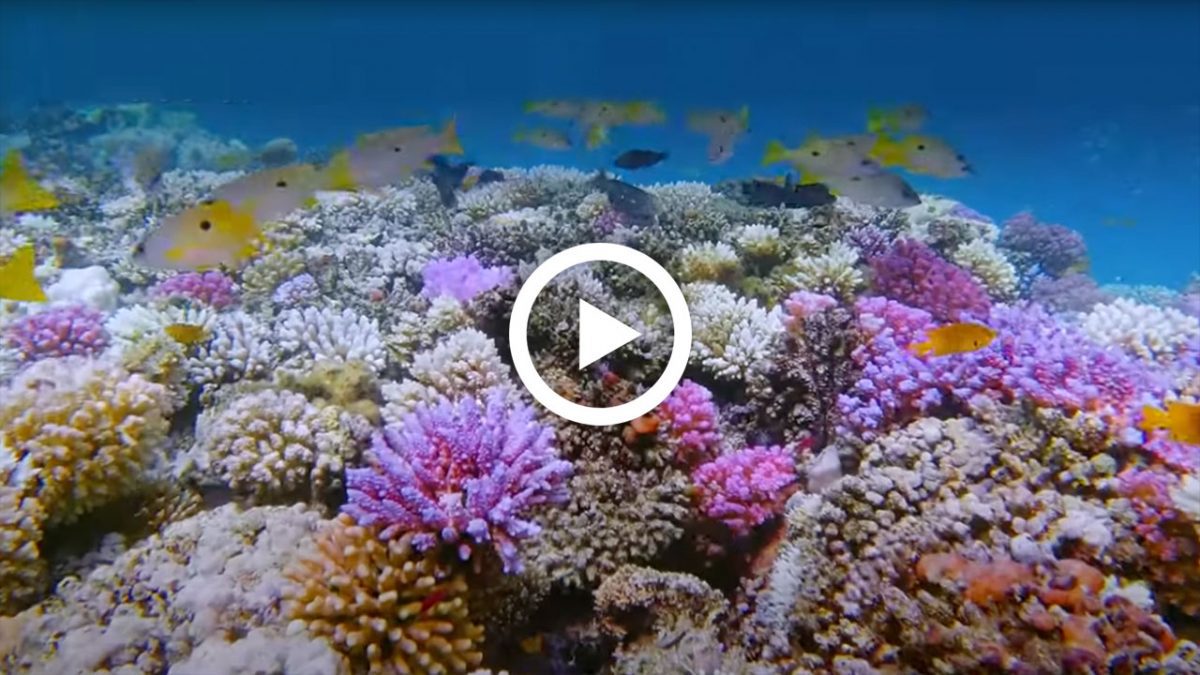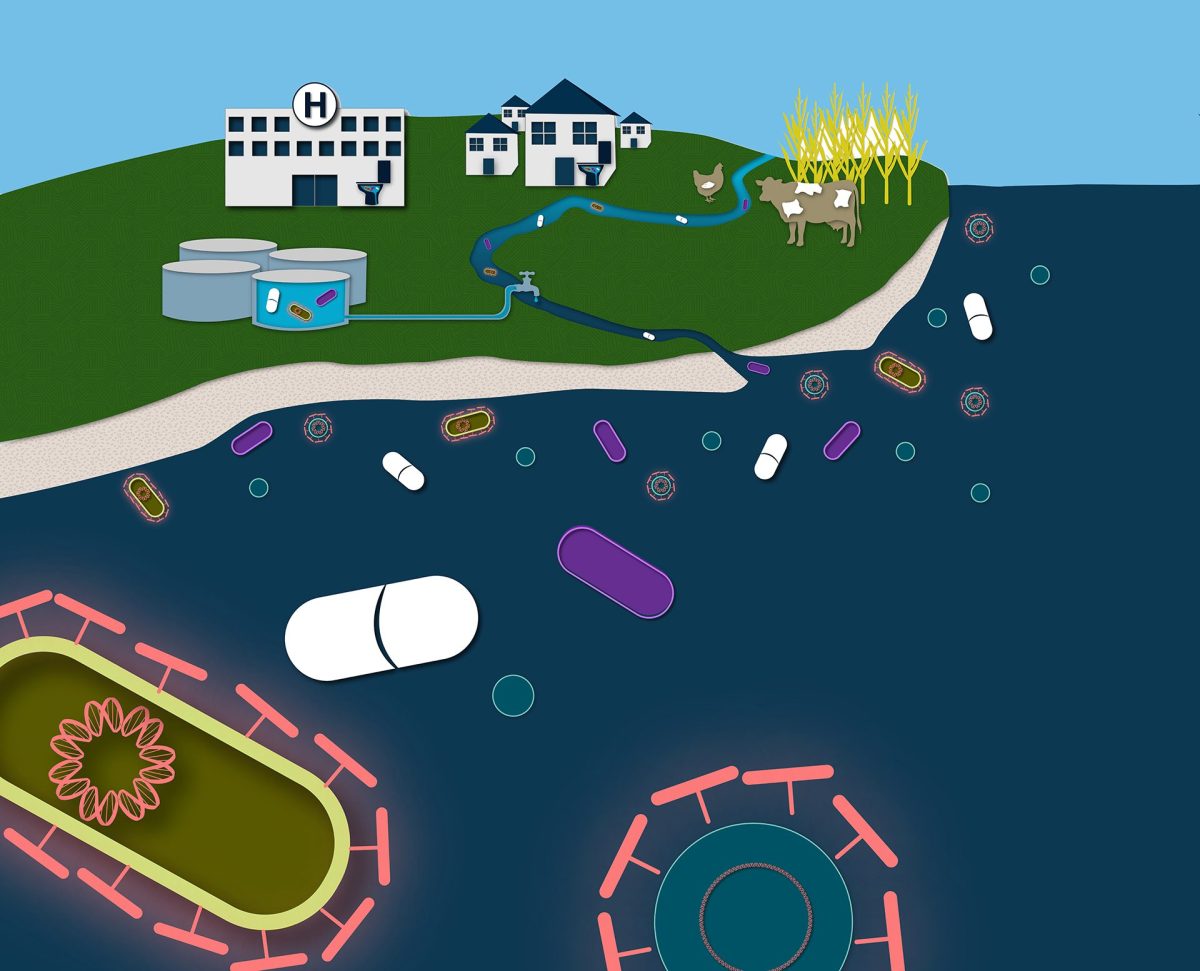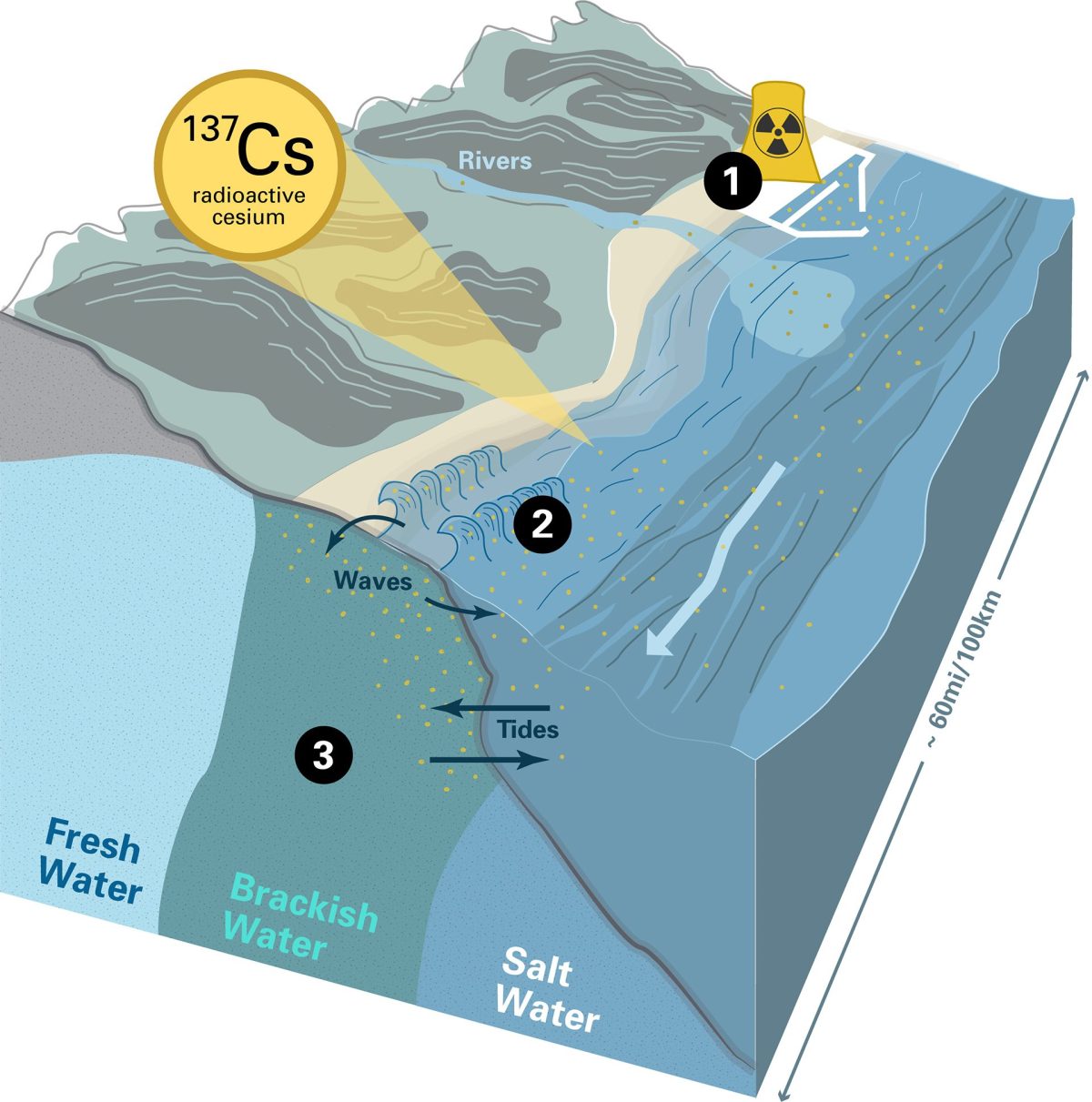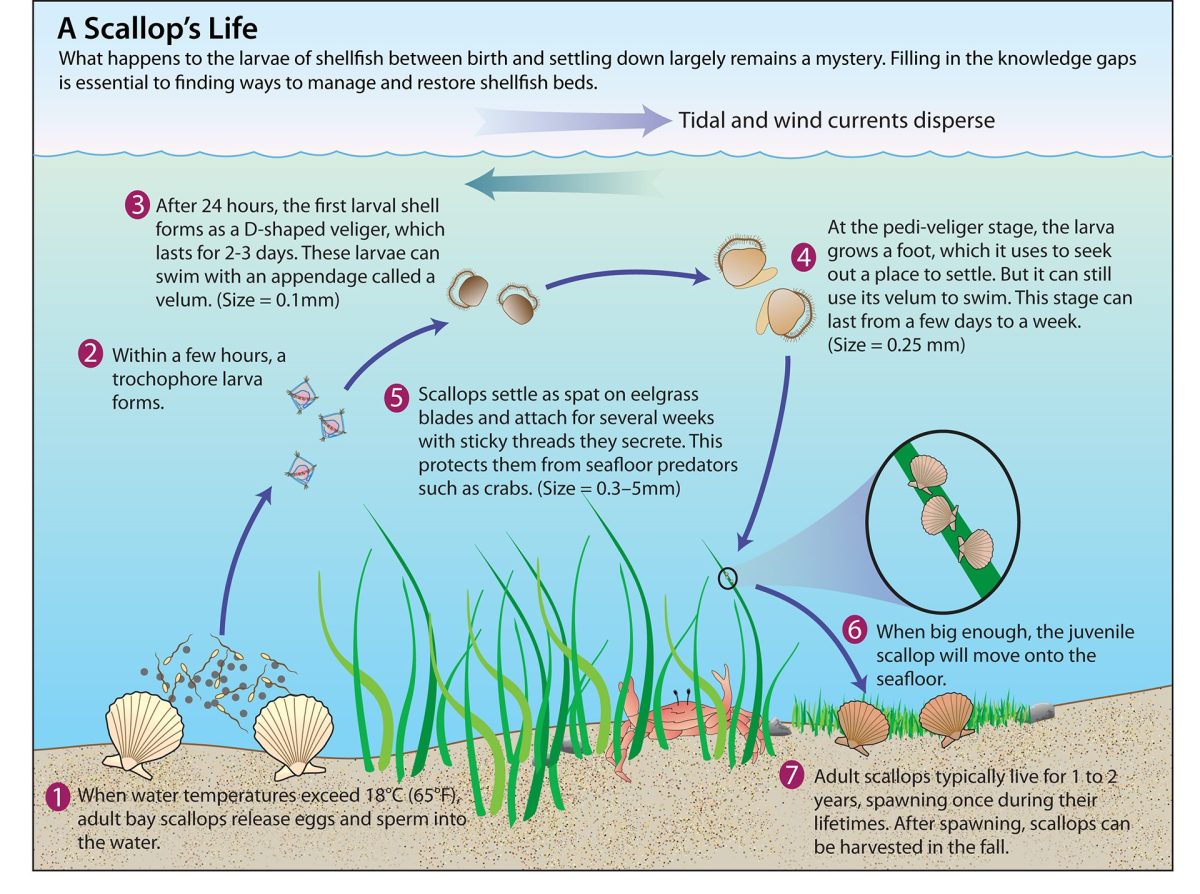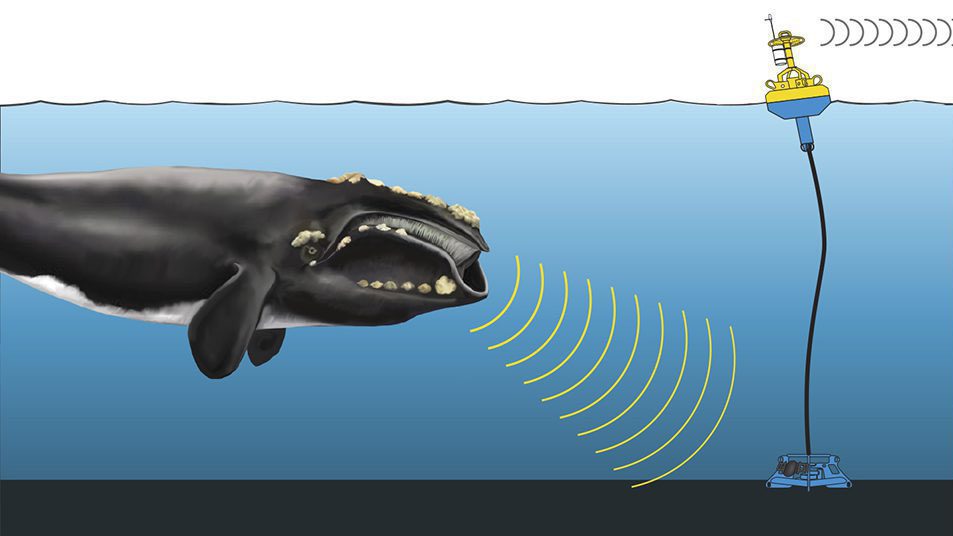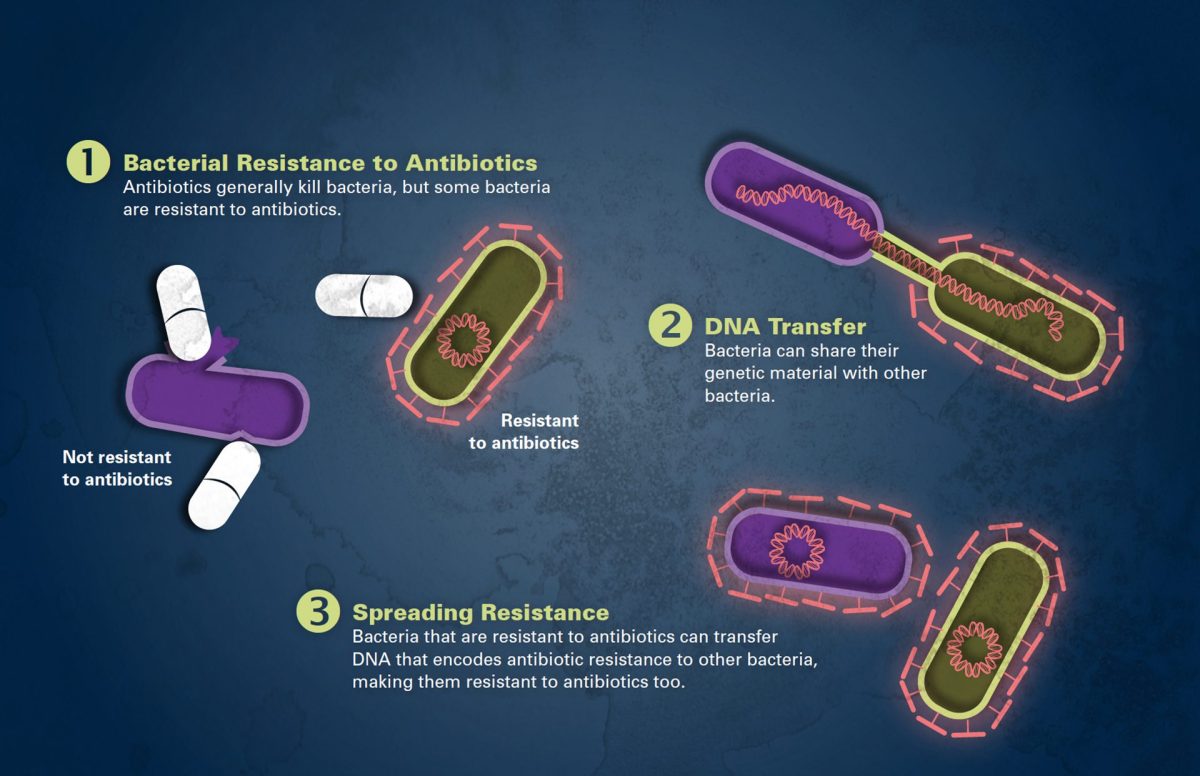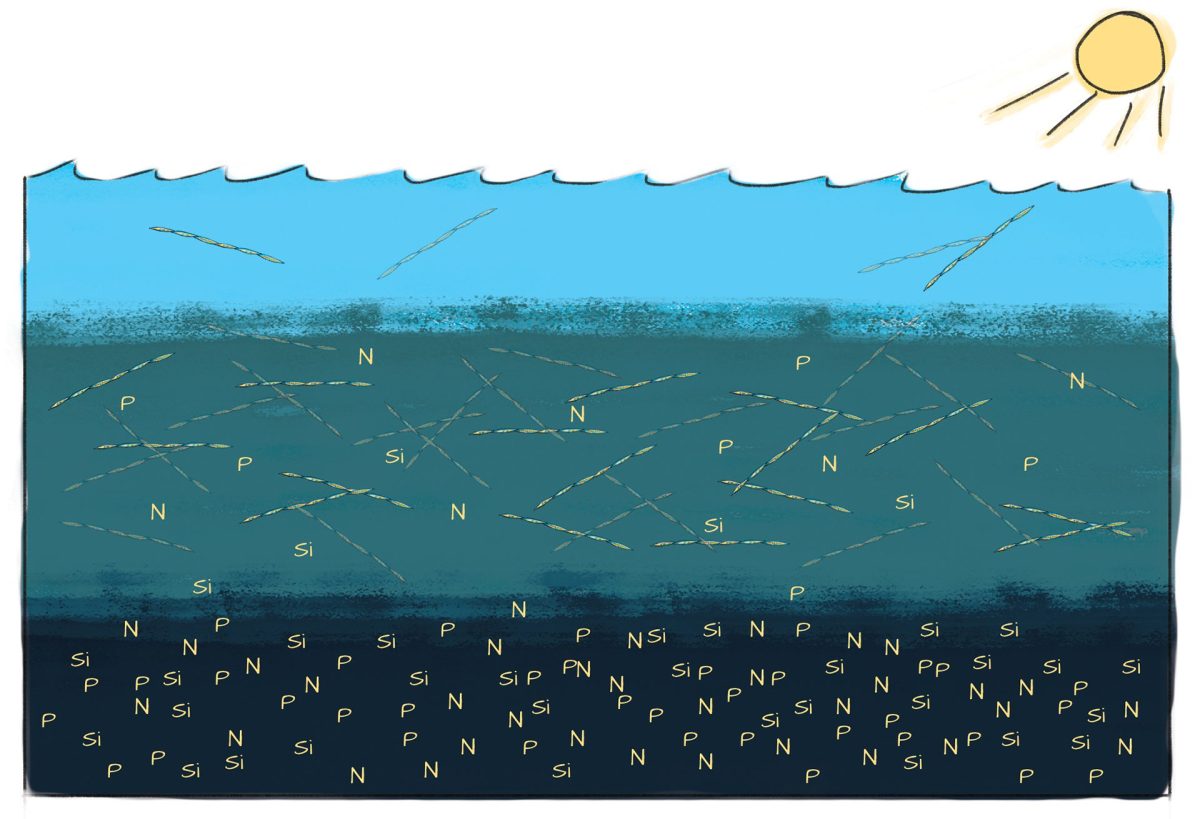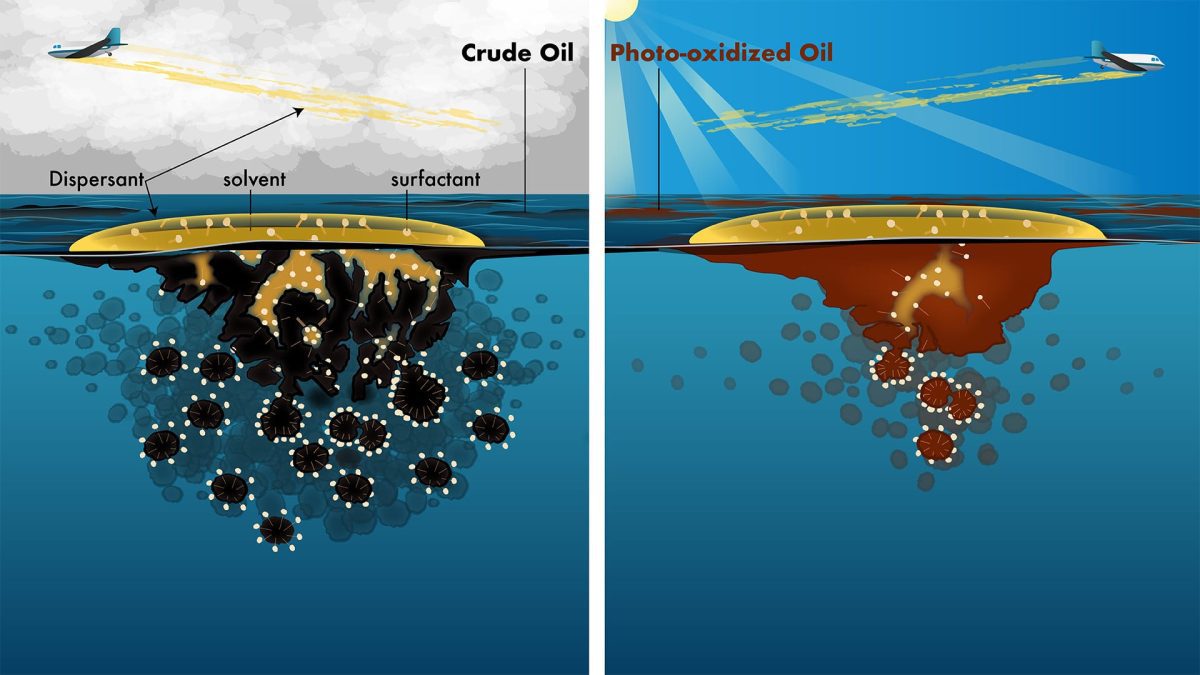In this section
Ocean Topics
- Climate & Weather
- How the Ocean Works
- Ocean & Human Lives
- Ocean Life
- Sustainable Ocean
- Ocean Tech
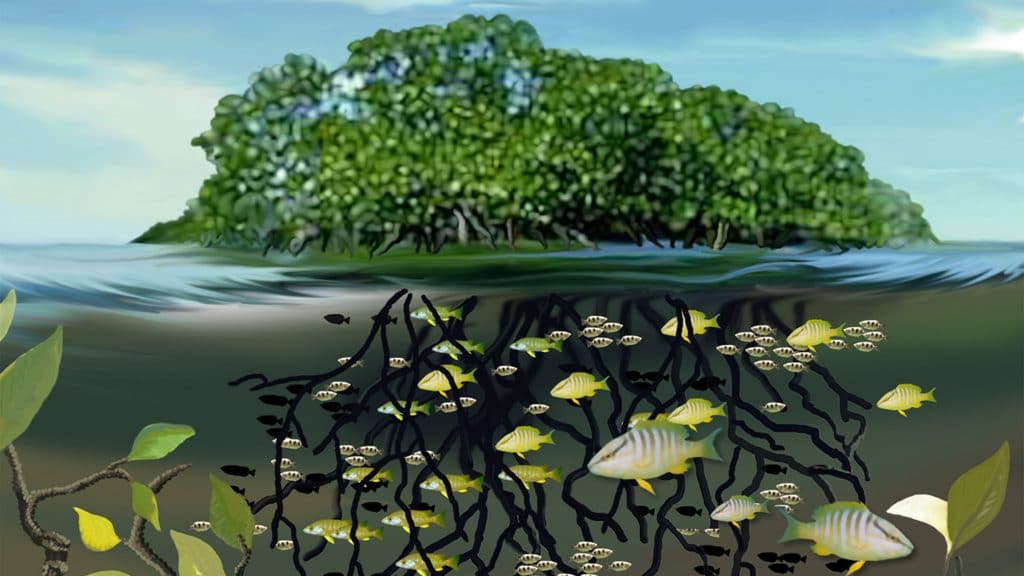
Mangroves are like nursery schools for many of colorful fish that populate coral reefs. Among the roots and nutrient-rich waters in coastal mangrove swamps, juvenile fish get food and protection from predators until they mature and can migrate offshore to the reefs. These valuable nurseries are disappearing at an alarming rate, and so are the fish they support (Illustration by E. Paul Oberlander, Woods Hole Oceanographic Institution)
The narrow region where land and ocean meet is among the most dynamic and complex collection of physical and biological systems on Earth. These can include seagrass meadows, salt marshes, mangroves, wetlands, estuaries, reefs, and bays often linked in an intricate network of physical, chemical, and biological interchanges above and below the water. They are often highly productive, highly valued, and highly accessible, making them a natural intersection between the human and natural worlds. In addition to their role in the wider marine and terrestrial systems they link to, coastal ecosystems provide a broad range of benefits to humans. They can act as storm barriers and water filters, they are nurseries and habitat for commercially important plants and animals, and they are among the most popular tourist destinations. Coastal systems are also very sensitive to environmental conditions. Small changes in such things as temperature, salinity, nutrient availability, or sediment load, whether natural or human-induced, can have wide-ranging impacts.
Articles Related to Coastal Ecosystems
From Oceanus Magazine
The 10,000-foot view
A cascade of life
An introduction to marsh bothering
A toxic double whammy for sea anemones
Squid Games
Waves of inspiration
Burrows on the beach
Where the Rivers Meet the Sea
News Releases
Study Reveals Climate Change Impacts on Buzzards Bay
Researchers from WHOI and MBL Receive $1.2 Million Grant for Collaborative Salt-Marsh Study
News & Insights
Finding medical answers in the ocean
Falling in love with foraminifera
How do you study marine metamorphosis?
Seal Spy
WHOI in the News
Unexpected new species discovered in a deep-sea hydrothermal vent provides a deeper understanding of bacterial evolution
Scientists discover a labyrinth of life hidden in the deep
Under a hellish ocean habitat, bizarre animals are lurking
Drilling Deeper Into Ocean Floor in Search for Origins of Life
New Species Of Deep-Sea Fish Discovered Off Costa Rica
Features

Benthic animals live on the sea floor and are typically invertebrates, such as sea anemones, sponges, corals, sea stars, sea…
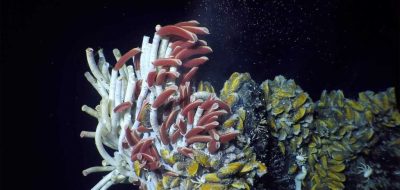
Ocean ecosystems are found in polar regions, coastal waters, coral reefs, hydrothermal vents, the abyssal plain, and at the bottom…
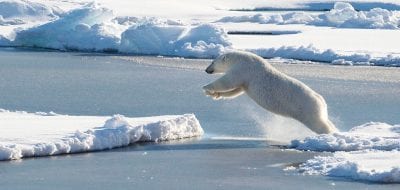
By human standards, they are extreme environments. Yet life not only persists in the poles...it thrives.
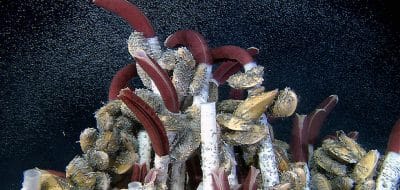
Hydrothermal vents and cold seeps are places where chemical-rich fluids emanate from the seafloor, often providing the energy to sustain…
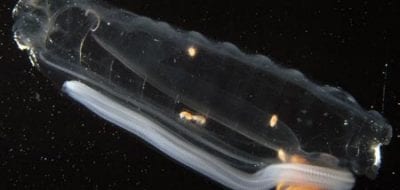
A salp is a barrel-shaped, planktic tunicate that moves by pumping water through its gelatinous body, and can be seen…

